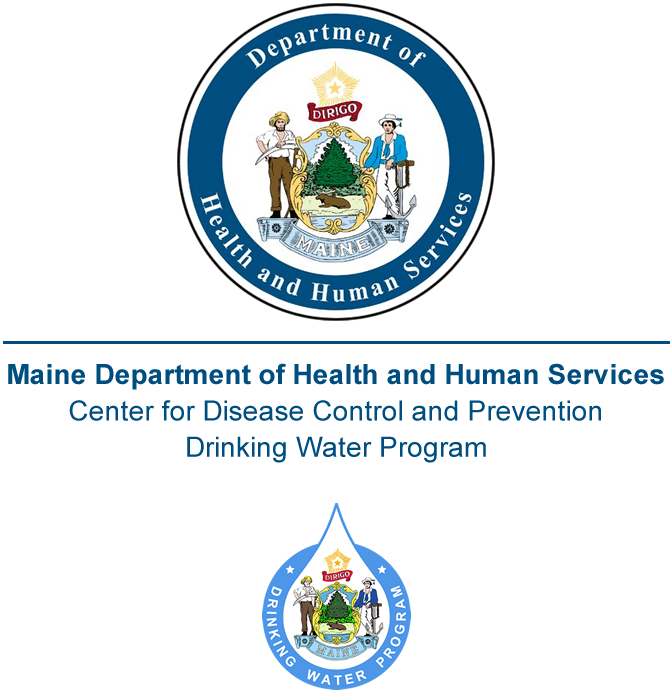Maine DWP Update: Drought Response Checklist
Maine Department of Health & Human Services sent this bulletin at 10/16/2020 01:42 PM EDTThis update is coming to you from the Maine CDC Drinking Water Program.
Having trouble viewing this email? View it as a Web page.
Drought Response Checklist
| Despite recent rain, the drought in Maine continues. The Maine CDC Drinking Water Program (DWP) is still receiving reports statewide of public water systems experiencing water quantity issues. Drought impacts can range from a loss in supply (both surface and groundwater) to increased treatment and pumping-related costs. The Environmental Protection Agency (EPA) Incident Action Checklist is a great resource for drought preparedness, response, and recovery. Drought response actions may be necessary if your system experiences a water shortage or outage. Potential drought response actions include: |  |
- Notify DWP of your water shortage or outage;
- Monitor your water supply daily by taking readings of surface water or groundwater levels and keep up to date with local and regional drought conditions;
- If needed, work with the DWP to identify and approve alternate water supplies and operational design changes, and regarding bulk water hauling;
- Communicate with your local Fire Department regarding alternate sources and other fire suppression issues;
- Communicate status and needs to mutual aid partners (such as MEWARN) and/or emergency response partners including your local Emergency Manager or County Emergency Management Agency as needed;
- Implement voluntary or mandatory water conservation efforts, and conduct regular outreach to customers, particularly critical customers. Contact Stephani Morancie at the Maine Public Utilities Commission (Stephani.Morancie@maine.gov) for mandatory conservation measures;
- Work with your Public Information Officer (PIO) to notify customers of water advisories and consider collaborating with local media (television, radio, newspaper, etc.) to distribute the message. If emergency water is being supplied, provide information on distribution locations; and
- Document damage assessments, mutual aid requests, emergency repair work, equipment used, purchases made, staff hours, and contractors used during the response to assist in requesting reimbursement and applying for federal disaster relief funds. When possible, take photographs of the drought conditions (with time and date stamp). Proper documentation is critical to obtaining reimbursement.
This Drought Incident Action Checklist, along with up-to-date drought monitoring maps, can be found on the Drinking Water Program’s Drought webpage.
URLs
- Maine CDC Drinking Water Program Drought Webpage: https://www.maine.gov/dhhs/mecdc/environmental-health/dwp/pws/drought.shtml
- Maine CDC Drinking Water Program Homepage: medwp.com
- EPA Drought Response and Recovery Page: https://www.epa.gov/waterutilityresponse/drought-response-and-recovery-water-utilities

